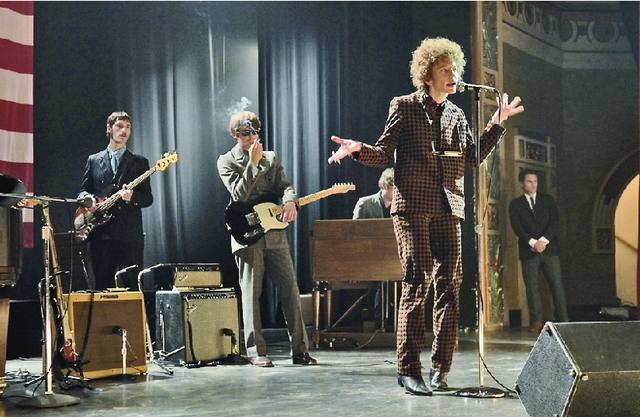I’m Not There
Oh, He’s There. Just Keep Digging.


Gere as Dylan. Unidentified horse as “Dylan’s horse.”
Latest Article|September 3, 2020|Free
::Making Grown Men Cry Since 1992


Gere as Dylan. Unidentified horse as “Dylan’s horse.”